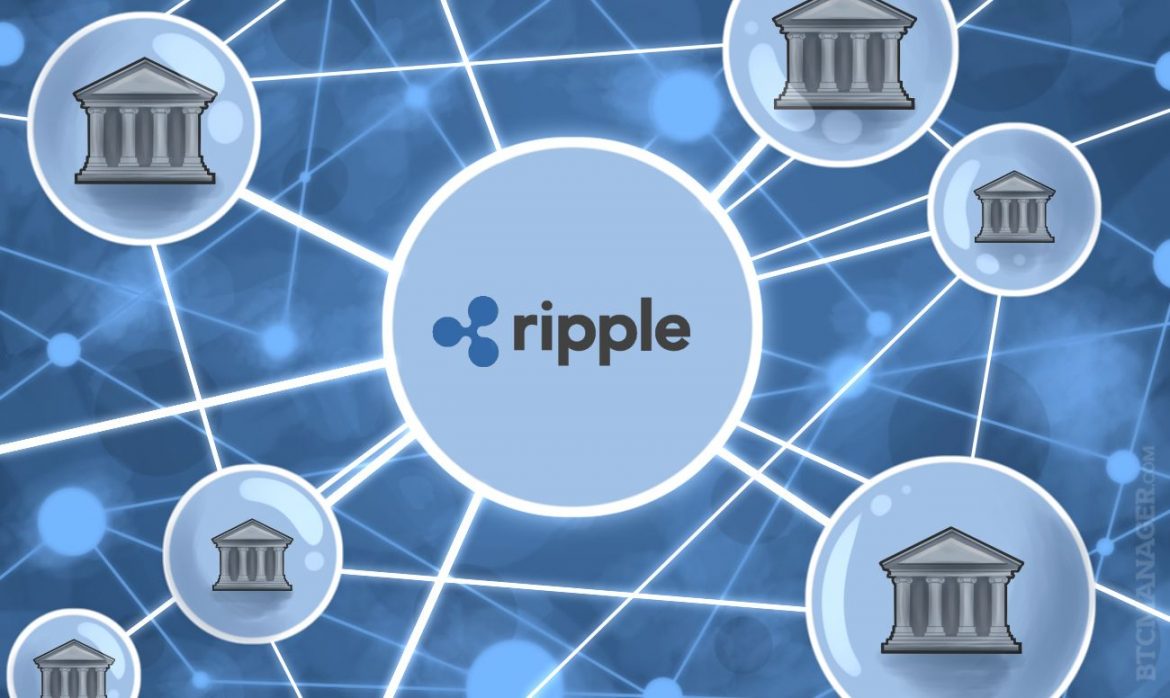WHAT IS RIPPLES
This December, the San-Francisco based FinTech company Ripple celebrates it’s fourth birthday, making it a veteran in the blockchain industry.
Aiming to improve financial transactions between banks by making them faster, cheaper and more reliable, Ripple has already managed to attract large financial institutions to the Ripple network, including Santander, BBVA and RBC. Just recently, Ripple made another large step in its expansion in Asia by announcing the plans for a new office in Singapore, today’s Asian hub for FinTech innovation. With a seasoned leadership team and the ever growing Ripple network, Ripple’s prospects look promising.
Although Ripple offers a disruptive solution for a real problem, a large group of individual blockchain investors hold a grudge against the company. The major problem the blockchain community seems to have with Ripple is the fact that is completely centralized and that they’re aiming to boost efficiency for the global financial system. The die-hard blockchain community believes to be able to get rid of this, in their opinion, untrustworthy and irresponsible industry through using cryptocurrencies and blockchain. Ripple’s sole purpose is to make transactions between financial institutions more efficient and has repeatedly stated that they’re not interested in facilitating transactions between individuals.
What does Ripple do?
Currently, our global banking system experiences numerous frustrations when making international financial transactions. We, as the bank’s clients, experience this when we transfer funds to parties in other countries as this can take three to five days. Taking a plane with a bag of money is still faster than most international transactions. However, we only experience a fraction of the issues with these transactions, the majority of these problems are faced by banks. Because the financial transactions tend to go through multiple middlemen, there is high failure rate, the process is costly, slow and there is no coherent global network or structure for these transaction. Ripple aspires to make this process incredibly efficient by using blockchain technology and their own cryptocurrency, XRP.
Ripple’s blockchain is currently one of the fastest in the crypto space, with a transaction speed of only 4 seconds.To illustrate how fast this actually is, transactions on the Ethereum blockchain take over 2 minutes and Bitcoin takes over an hour to send around. Adding the fact that both of the latter are facing scalability issues, Ripple definitely is the most efficient transactional crypto of the three. Moreover, Ripple is scalable in case the number of transactions increase too fast. Currently it can handle 1500 transactions per second.
XRP, Ripple’s cryptocurrency, functions as the digital asset through which international transactions are facilitated. You can see XRP as a bridge currency. Let me explain. Bank A wants to send Bank B $1,000,000. Instead of sending the money around, bank A will buy an amount of XRP that’s worth $1,000,000 and send this to Bank B’s institutional Ripple wallet. Bank B will convert this to the currency they operate in and the transaction is settled within minutes. Banks will not have to buy and sell XRP on an exchange, but will have private access to Ripple’s transaction network.
XRP’s unique price determinants
Besides the enormous increase in transaction speed Ripple offers, the cost of these transactions are extraordinarily low and will be paid in XRP. This is done by destroying a very small percentage of the XRP sent and received. This means that the cryptocurrency is subjected to deflation, there are less and less total coins around with every transaction conducted. This would mean that the price would increase with every transaction, though barely noticeable in the short run. However, when you are thinking long term this is something to take into account. Nonetheless, there is one major problem with the amount of XRP in circulation and its price. The amount currently in circulation is only 38% of the total XRP created. At the moment, Ripple still owns 62% of their XRP themselves, which is one of the main concerns of individual investors. Banks demand a stable price in order to properly conduct financial transactions and it has been suggested that this is the reason why Ripple is doing this. However, the real reason for this this has not yet been officially given.
